|

Schoolroom at the Mill and Bars: Recitation Day

"Greenfield High School for Young Ladies"
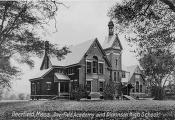
Deerfield Academy/ Dickinson High School
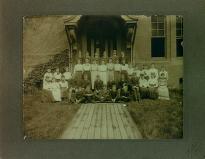
Deerfield Academy, Class of 1904
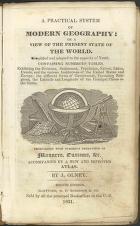
"A Practical System of Modern Geography: or View of the Present State of the World."
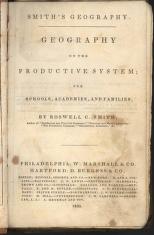
"Smith's Geography on the Productive System; for Schools, Academies, and Families"

"The New McGuffey Second Reader"

Reward of Merit to Luella May
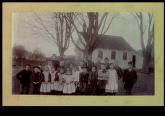
One Room School in Wapping
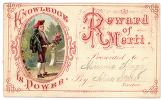
"Reward of Merit" presented to Minnie Flagg
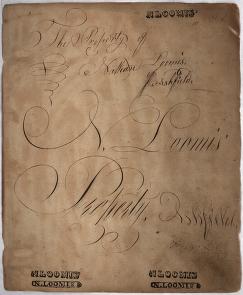
Nathan Loomis' Copy Book

"A System of School Geography"
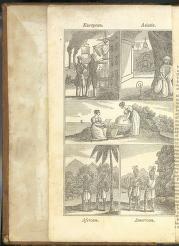
"A Practical System of Modern Geography"
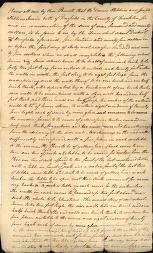
Building Contract for Deerfield Street School
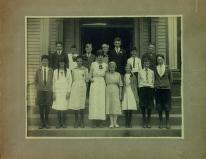
Deerfield Grammar School Class
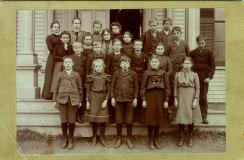
Deerfield Grammar School Class

Town Hall and School
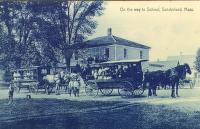
On the way to School
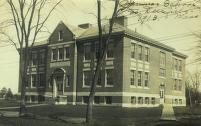
"Grammar School"
|
Summary and Objective
Using a variety of primary source documents, students will discover how the educational system of the country has changed over the course of the last 200 years. Students will compare and contrast the design of schools, the materials used to educate children and the ways in which students were taught in the past. Students will understand that the design of schools and the language used in textbooks has changed over time.
Teaching Plan
Step 1.
Before accessing the digital collection, students will be asked to brainstorm and then list how the typical American classroom looks today. In addition, students will be asked to think about the following: how their school is designed; how it operates; and the demographics of their school.
Step 2.
Divide students into groups of three. Give each group one copy of the primary source documents selected from the American Centuries web site.
Step 3.
Using the list generated in step one, each group should analyze the primary source pictures and documents by answering the following questions: What catches your eye in the pictures of the school buildings and classrooms? Do the old buildings and classrooms fit your idea of what a school should look like? Why or why not? How has the architecture of schools changed since the time the photographs were taken? Do you notice any common exterior architectural patterns present in the schools of the past? How is the language in the geography textbooks different from the language in one of your textbooks? Do the geography lessons in the geography textbooks demonstrate a bias against other groups of people? How are geography lessons different today? How has the clothing of students changed since the time the photographs were taken? How have the demographics of classrooms changed since the time the photographs were taken?
Step 4.
Tell students to discuss their answers to the questions in step three with the members of their group.
Step 5.
After they have had time to discuss each primary source document, each group will be required to write a two-paragraph response to the following questions: 1. How has the physical and intellectual schooling of children changed over the years? 2. Would you like to go to a school like the ones depicted in the old photographs? How have textbooks changed over the years? Would you like to use textbooks like the ones pictured on the American Centuries web site? Would you like to be instructed like the students pictured in the primary source documents? Please explain your answers to each of the questions listed above.
Step 6.
One student from each group should present their findings to the rest of the class. After each group has had time to respond, discuss the differences and similarities between the educational system of today and the ones depicted in the primary source documents.
Step 7.
After completing the discussion, students will work with their group to design a poster that depicts what they consider the ideal school for students of the 21st century.
Step 8.
After completing their posters, each group will explain to the class why they designed their ideal classroom in such a way.
|




